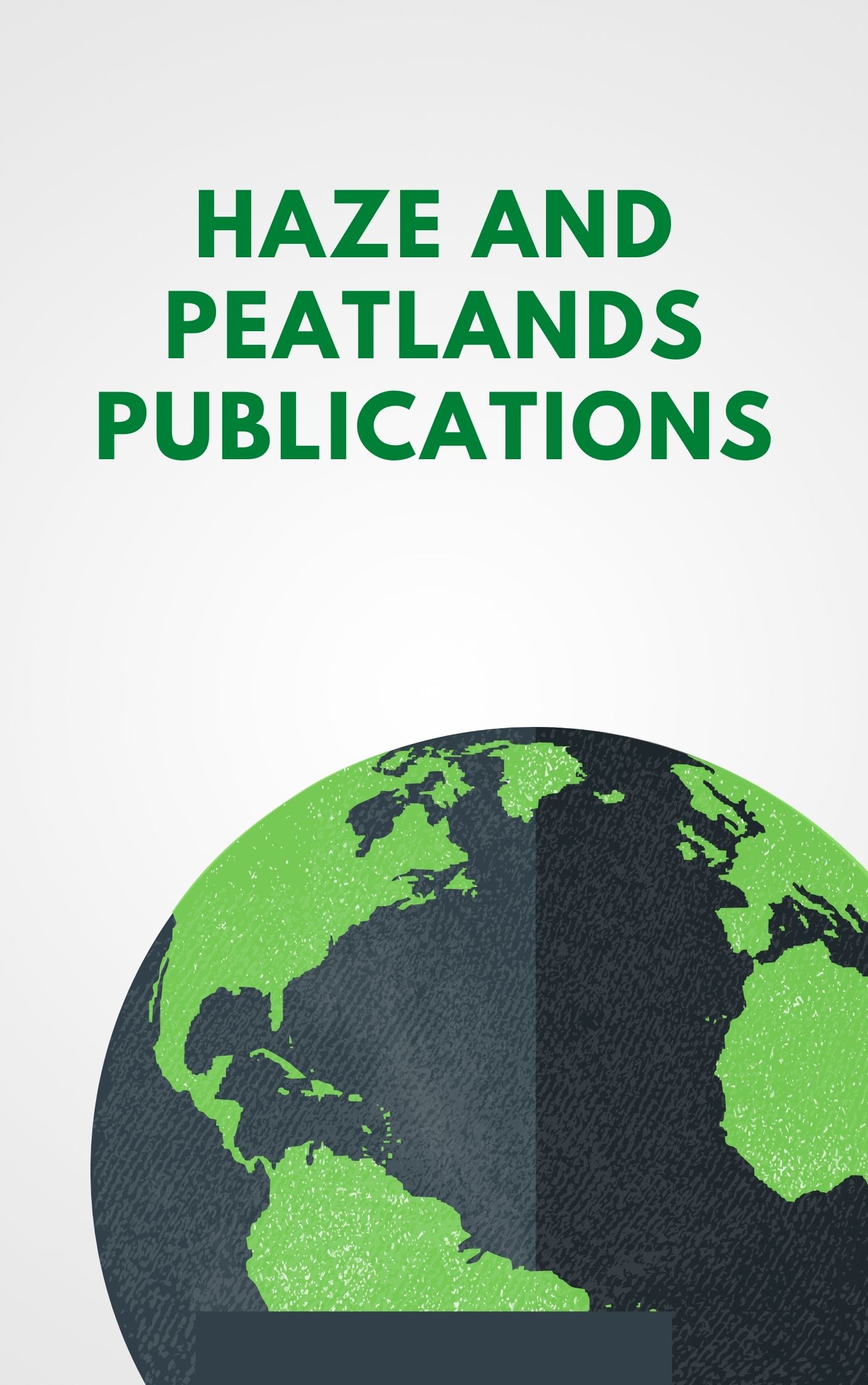The open burnings and forest fires have been recognized as the major sources of severe air pollution in the upper north of Thailand; however, there have been no clear evidences to show the associations between the air pollution and health effects in the area. We assessed the effects of air pollutants on the peak expiratory flow rates (PEFR) and symptoms in asthmatics. A cohort of 121 asthmatics was followed daily, for 306 days, for their PEER and asthma symptoms. The daily air pollutants, including particulate matter with aerodynamic diameter <2.5 mu m, particulate matter with aerodynamic diameter <10 mu m (PM10), carbon monoxide, ozone, nitrogen dioxide (NO2), and sulfur dioxide (SO2), and the meteorological parameters, including pressure, temperature, relative humidity, rain quantity, and sunshine duration, were monitored. The PEFRs were fitted with general linear mixed models. The asthma symptoms were analyzed with the generalized estimating equations. There were positive associations of NO2 with morning PEER, with a coefficient of 0.06 [95% confidence interval (Cl), 0.00-0.12]; of SO2 with evening PEER [with a range of coefficients of 0.88-1.00 (95% Cl, 0.31-1.54)] and daily average PEER [with a coefficient of 0.47 (95% CI, 0.00-0.94)]; of PM10 with evening PEER, with a coefficient of 0.02 (95% CI, 0.00-0.04). There was also negative association of PM10 with Delta PEFR, with a coefficient of -0.01 (95% Cl, -0.01 to -0.00). No pollutants were related to asthma symptoms. More studies are needed, particularly at low dose in adult asthmatics, to validate our findings. (C) 2011 Elsevier GmbH. All rights reserved.
View source

